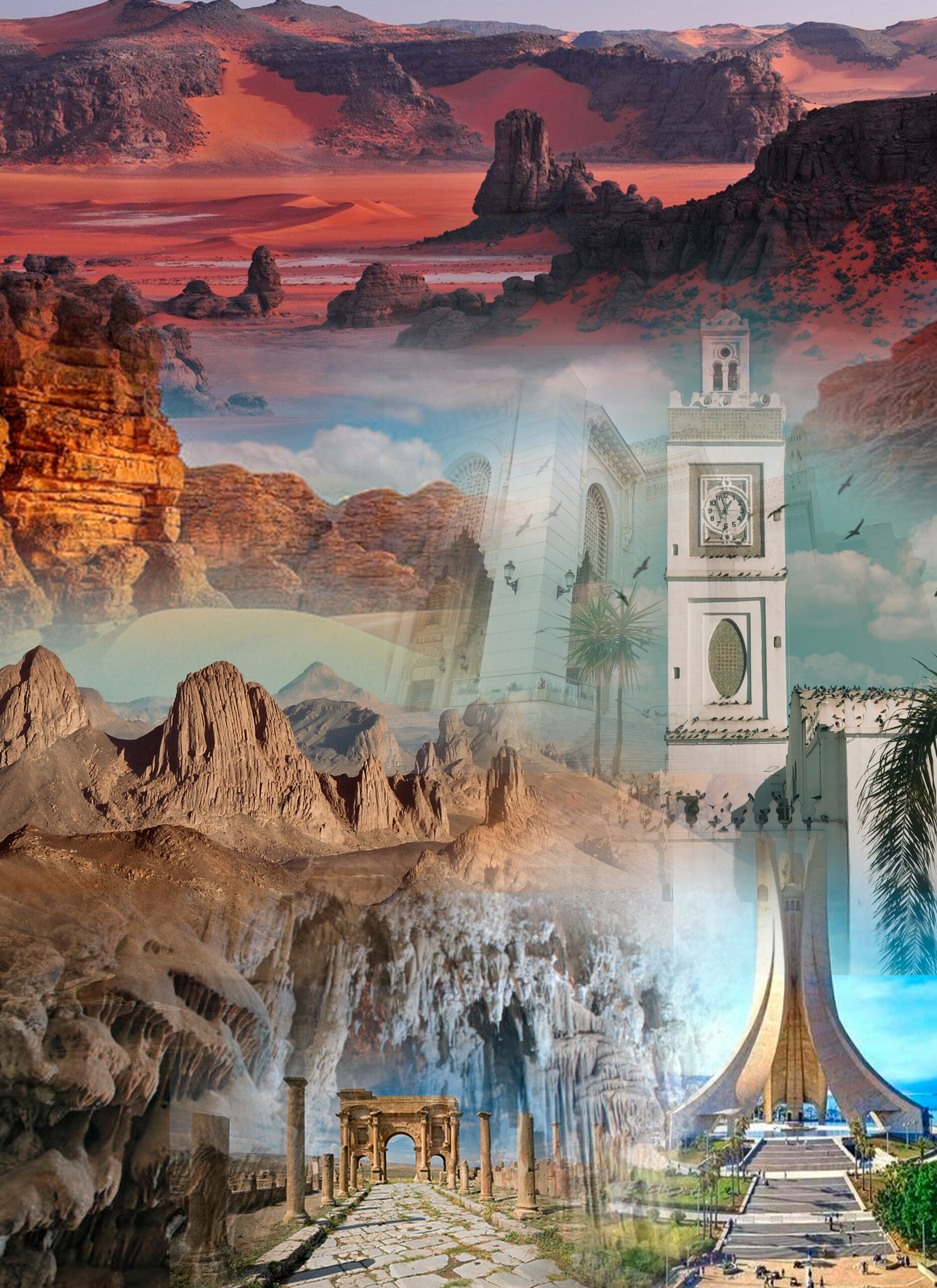A Journey Through Time, Architecture, and Cultural Treasures

Historical Significance:
Axum, a city in the Tigray region of Ethiopia, holds immense historical significance as it was once the capital of the Aksumite Empire, one of the greatest civilizations of ancient Africa. Known as the “Cradle of Ethiopian Civilization,” Axum was a flourishing trade hub and a center of power and culture from the 1st to the 8th century AD. The city is renowned for its towering obelisks, ancient ruins, and archaeological treasures that provide a glimpse into its glorious past. Axum’s historical importance and archaeological wonders make it a captivating destination for history enthusiasts and curious travelers.
Architecture & Natural Splendors:
Axum boasts a remarkable architectural heritage that reflects its ancient grandeur. The city is famous for its towering obelisks, most notably the monolithic stelae of Axum, which are UNESCO World Heritage Sites. These massive granite pillars, some reaching over 20 meters in height, stand as a testament to the engineering prowess of the Aksumite civilization. The city is also home to ancient tombs, palaces, and ruins, including the Queen of Sheba’s Palace and the Church of St. Mary of Zion, which houses the Ark of the Covenant according to Ethiopian tradition. Additionally, Axum is surrounded by breathtaking natural landscapes, including the rugged mountains and lush valleys of the Tigray region.
Art & Cultural Delights:
Axum is a treasure trove of art and cultural delights, showcasing the rich heritage of Ethiopia. The city’s museums and galleries display a fascinating collection of ancient artifacts, including intricately carved stone tablets, jewelry, and pottery, providing insights into the artistic prowess of the Aksumite civilization. Visitors can also explore the vibrant local markets, where traditional crafts, textiles, and souvenirs can be found. Axum is known for its traditional weaving techniques, producing vibrant textiles adorned with intricate patterns and designs. The city’s cultural diversity is celebrated through music, dance, and colorful festivals, offering visitors a chance to immerse themselves in the vibrant cultural tapestry of the region.
Spirits & Gastronomy:
Axum exudes a spiritual aura, with its ancient churches and religious sites. The Church of St. Mary of Zion, believed to house the Ark of the Covenant, is a place of pilgrimage for many Ethiopian Orthodox Christians. Visitors can witness the devoutness and spirituality of the local community during religious ceremonies and celebrations. In terms of gastronomy, Axum offers a tantalizing culinary experience. The city is known for its traditional Ethiopian cuisine, with dishes such as injera, tibs (grilled meat), and doro wat (spicy chicken stew) delighting the taste buds of visitors.
Events & Activities:
Axum hosts various events and activities that showcase its rich history and cultural heritage. The most notable event is the Timkat Festival, held in January, which commemorates the baptism of Jesus Christ in the Jordan River. The festival includes colorful processions, music, and religious ceremonies, attracting both locals and tourists alike. Visitors can also explore the ancient ruins and archaeological sites, such as the Axumite archaeological park, which offers a fascinating journey through time. Additionally, outdoor enthusiasts can embark on hiking adventures in the surrounding mountains or visit nearby historical sites, such as the rock-hewn churches of Lalibela.
In conclusion, Axum is a city of captivating historical significance, architectural marvels, and cultural treasures. Its ancient ruins, towering obelisks, and vibrant art scene offer a glimpse into the grandeur of the Aksumite Empire. The city’s spiritual ambiance, traditional gastronomy, and cultural festivals provide a truly immersive experience for visitors. Axum invites travelers to embark on a journey through time, unraveling the mysteries of Ethiopia’s ancient civilization and embracing the rich cultural heritage that shapes the region.
©2024 | Authored by DocThomas.Art

